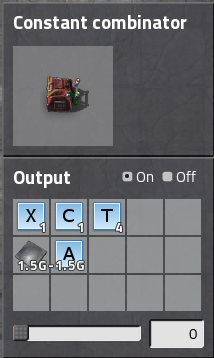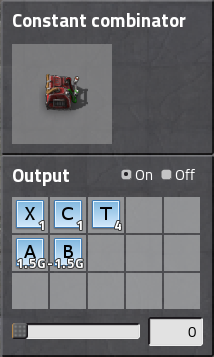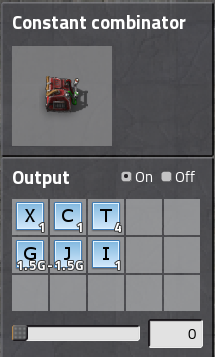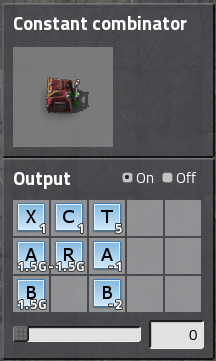So I started from scratch and built this tiny computer which completely fits inside the range of just one substation
Tell me what you think of it or if you need further explanation
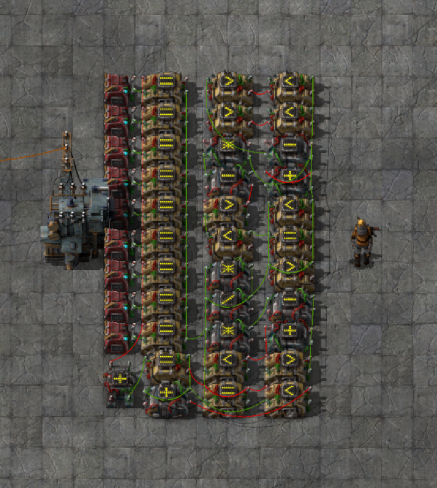
- fully functional and turing-complete
- base size of 7x11 tiles
- ~8 powerful instructions
- up to 15 operations/s with partial parallelization
- 9 lines of code and 2 built-in registers (both can be easily expanded)
- breakpoints and code injection for debugging
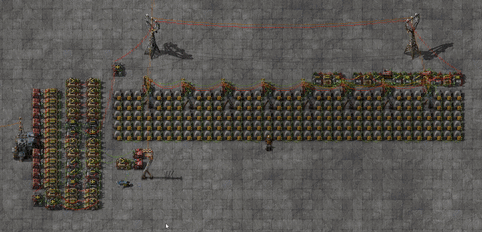
It calculates the first few Fibonacci numbers in order, see here for a list: http://www.maths.surrey.ac.uk/hosted-si ... table.html
It automatically resets to prevent an overflow and has an interrupt switch. To start the program rotate the inserter as seen in the gif.
Display by DaveMcW (viewtopic.php?f=193&t=19825&start=40#p150806).
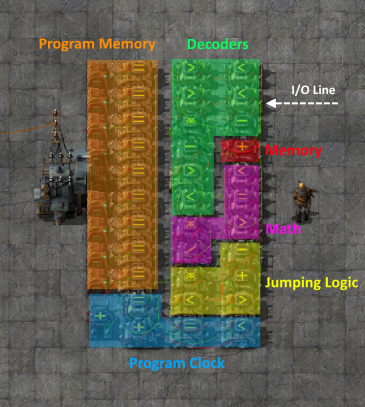
The program itself is written inside the constant combinators on the left. Basically every module is connected to one big circuit network.
The instructions in a program consist of multiple signals which are added to the main circuit network when the program clock calls that instruction.
Every register and operation has it's own unique signal. The decoder checks for signals with values larger than 1G/smaller than -1G to determine what to do with the incoming signals.
EDIT2: Of course it doesn't calcualte all the fibonacci number

